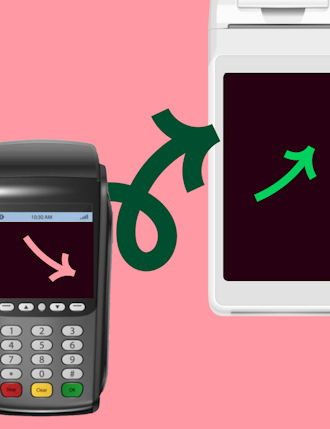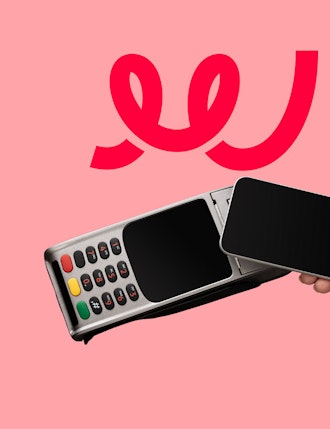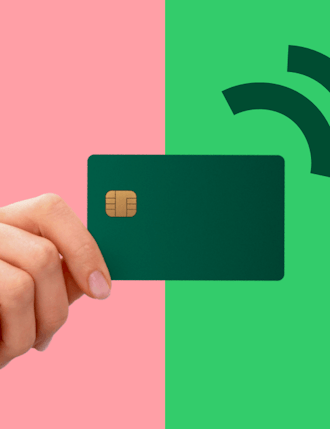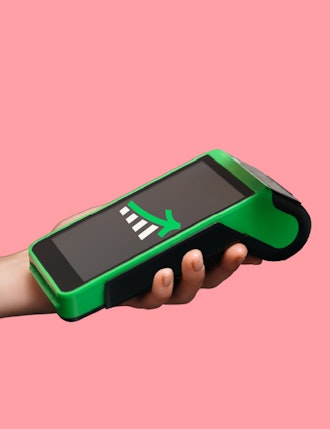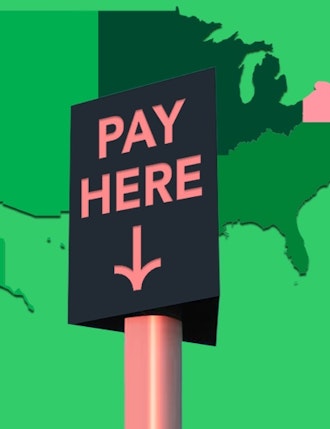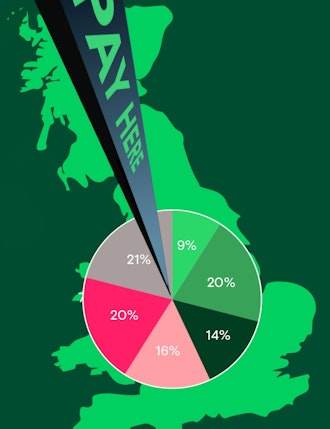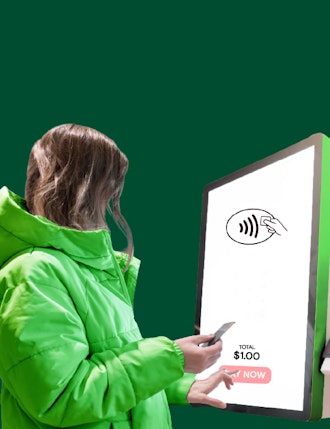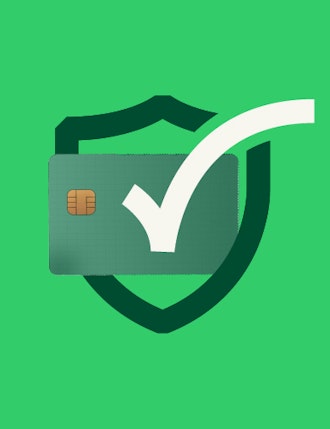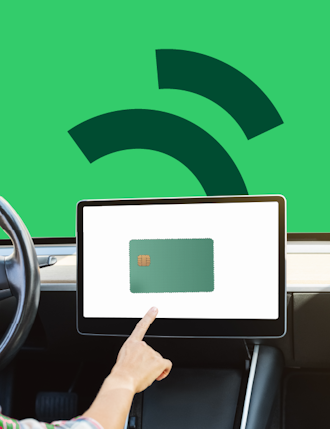Key Insights
-
Traditional POS systems are no longer equipped to meet modern consumer expectations for speed and convenience.
-
The unattended payment market is expanding, offering faster, safer, and more efficient transaction options.
-
SoftPOS is revolutionizing payments, turning smartphones and tablets into fully functional POS terminals, reducing costs, and enhancing security.
-
Future-proofing in-person payments requires interoperability, integrating with e-commerce, loyalty programs, and real-time transaction data.
Don't have time to read more now? Sign up to our newsletter to get the latest insights directly in your inbox.
You wouldn’t drive a car from the 90s and expect it to match today's electric models' speed, efficiency, and tech. So why are so many businesses still relying on outdated, clunky, in-person payment systems that are barely keeping up with the demands of modern commerce?
The world of card-present payments is evolving fast. Consumer expectations, regulatory shifts, and technological breakthroughs are colliding, forcing businesses to rethink their approach. The old-school POS terminal is no longer enough. The future is about mobility, modularity, and intelligence.
So, let’s break it down. Why are legacy systems holding you back, and what’s next for in-person payments?
The death of classic POS
There was a time when a clunky, stationary payment terminal on a countertop was all you needed. Not anymore. Consumers now expect seamless, frictionless experiences, whether tapping to pay at a self-checkout, ordering via a kiosk, or using their phone for SoftPOS payments.
Traditional POS setups are the weak link in a business’s agility. They require maintenance, are prone to hardware failures, and lack the flexibility to integrate with modern commerce systems. Meanwhile, competitors that adopt modular, cloud-based payment solutions are sprinting ahead.
The reality? Fixed terminals are dying, and businesses that don’t adapt will lose sales, customers, and competitive advantage.
Unattended payments: the silent revolution
The future of payments isn’t just about who’s at the till, it’s about removing the till altogether. The unattended payment market is growing rapidly, fuelled by demand for faster, more efficient self-service experiences. Think vending machines, smart kiosks, EV charging stations, and autonomous checkout solutions.
For businesses, this isn’t just about convenience, it’s about reducing operational costs, increasing transaction speed, and opening new revenue streams. It also removes the most unpredictable factor in customer interactions: people.
With advancements in biometric authentication, AI-driven fraud prevention, and tokenised security, unattended payments aren’t just efficient; they’re safer than ever. You're already behind if you haven’t started integrating them into your strategy.
SoftPOS: turning every device into a payment terminal
SoftPOS is the game-changer disrupting traditional card-present payments. No more proprietary hardware, just a smartphone or tablet that instantly transforms into a fully functional POS terminal.
With an estimated 34.5 million SoftPOS-enabled devices expected by 2028, this shift is democratising payments, making it easier than ever for businesses of all sizes to accept card transactions.
Three undeniable forces are driving SoftPOS adoption:
- Cost Savings: No need for expensive hardware and maintenance.
- Scalability: Works anywhere, anytime, across multiple locations.
- Security: PCI CPoC (Contactless Payments on COTS) compliance means these solutions are just as secure, if not more, than traditional POS.
Businesses that hesitate to adopt SoftPOS are leaving money on the table. The barrier to entry has never been lower, and the opportunity has never been more significant.
The connected payments ecosystem: no more silos
For years, businesses have treated payments like a separate function instead of what it truly is: the heartbeat of commerce. In-person payments can no longer be standalone. They need to integrate seamlessly with e-commerce, loyalty programs, fraud prevention, and customer insights.
The key to future-proofing payments? Interoperability.
The fastest-growing businesses are ditching rigid, proprietary systems and embracing open, API-driven platforms that give them the flexibility to adapt. They’re leveraging real-time transaction data to optimise pricing, detect fraud instantly, and personalise customer experiences at the point of payment.
You're operating blindfolded if your payment stack isn’t built for real-time, data-driven insights.
Why the future of card-present payments is hybrid
Physical and digital payments are no longer separate worlds - they’re converging. Businesses that succeed in the next decade will be those that understand how to merge in-person payments with digital innovation.
That means:
- Adopting SoftPOS and mobile-first solutions to enable payments anywhere.
- Leveraging unattended payments to reduce overhead and increase transaction speed.
- Integrating cloud-based, API-driven payments ecosystems to stay flexible and future-proof.
The winners in this space will be those who don’t see payments as just another operational necessity but as a strategic advantage.
It’s time to ditch the legacy systems
The shift is happening now. Businesses that fail to adapt to the changing in-person payments landscape will be left in the dust. Consumer expectations are evolving, competition is fierce, and the days of clunky, outdated POS terminals are over.
So ask yourself: Are you still driving a payment system from the past?
If it’s time for an upgrade, let’s talk. The future of in-person payments is already here - don’t get left behind.
Interested in reading more around this subject? Here are some useful articles…


